Rake, trail and head tube angle: how the front end of your bike affects handling
What do these terms mean? How do these factors affect handling, stability and steering inputs? A brief overview of the front end of the bike, from a numbers standpoint.
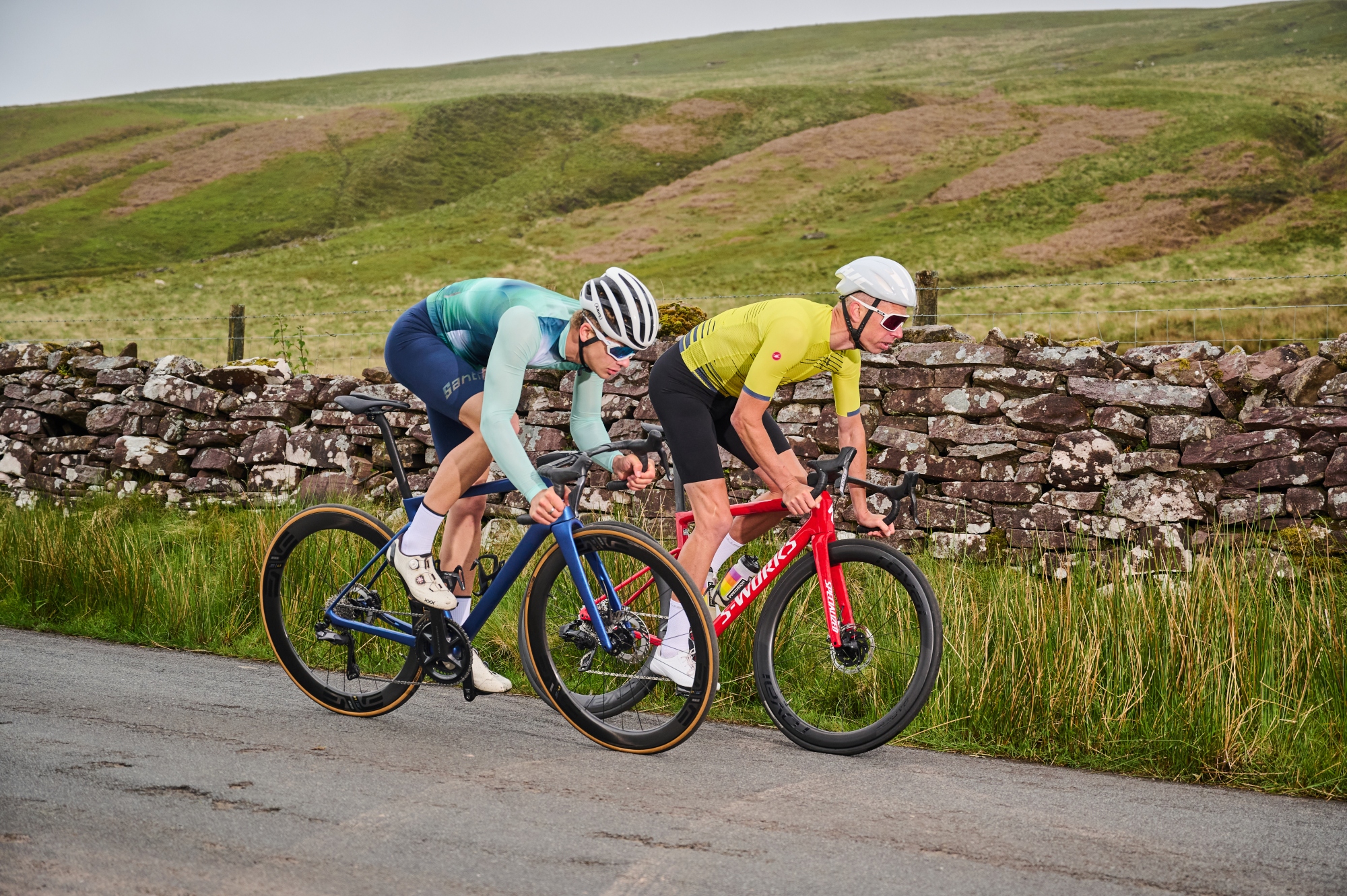

Bicycle geometry is a complex subject. Like applied mathematics, it involves numbers and angles, but unlike that discipline, there isn’t always one single answer. Sometimes, there’s room for interpretation. Specific outcomes can often be achieved in multiple ways, and different philosophies prioritise different aspects of geometry design. No one angle or number can definitively describe a bicycle’s characteristics—it is the sum of the parts that determine how a bike rides.
A geometry sheet contains a bafflingly wide variety of information, which can seem daunting. How exactly do the numbers on the page translate to the bike you’re riding around on? Plenty of riders have no interest in this level of granular detail, and that’s fine. It’s not necessary to be literate in minutiae to enjoy pedalling a bike. But these measurements don’t have to be a mystery either.
I’m not going to delve into the entirety of bike geometry here, but I’m going to look at how the front end (the part of the bicycle that does the steering) works a bit. The key takeaways here are that small changes can have big effects, and nothing can be examined in isolation: it’s all connected.
What is the head tube angle?
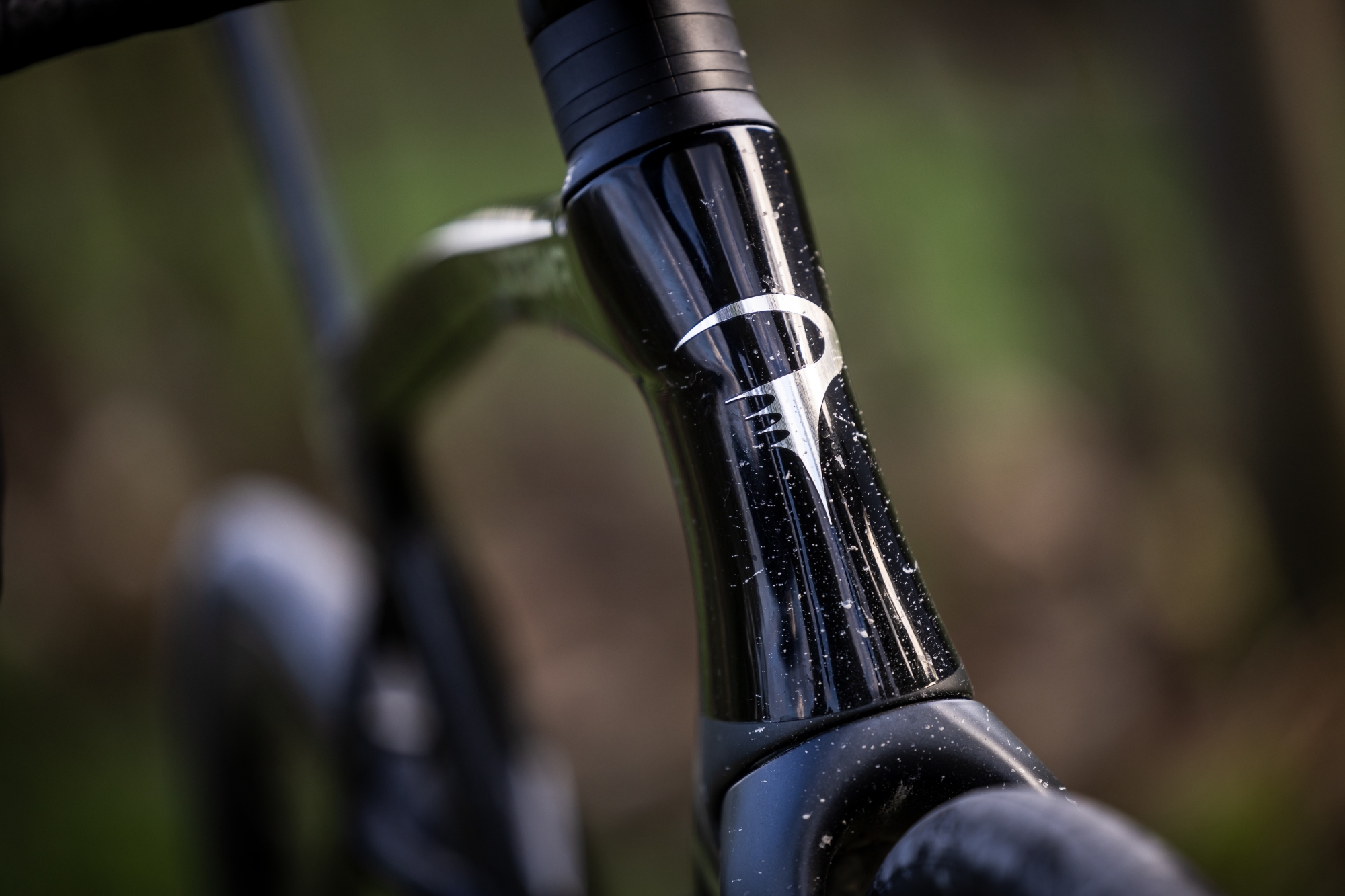
How a bike handles is largely decided by how the frame works in concert with the design of the fork. The first piece of this is the head tube angle. Head tube angle is best envisioned as an imaginary line that runs through the centre of the head tube, in profile. This is the position around which the fork’s steerer tube rotates and is known as the steering axis. Generally speaking, a steeper angle (closer to 90 degrees or vertical) will feel more responsive but twitchier, while a slacker angle will be more stable at lower speeds but feel correspondingly sluggish in its reactions to inputs.
What is bike frames fork offset (or rake) and trail?
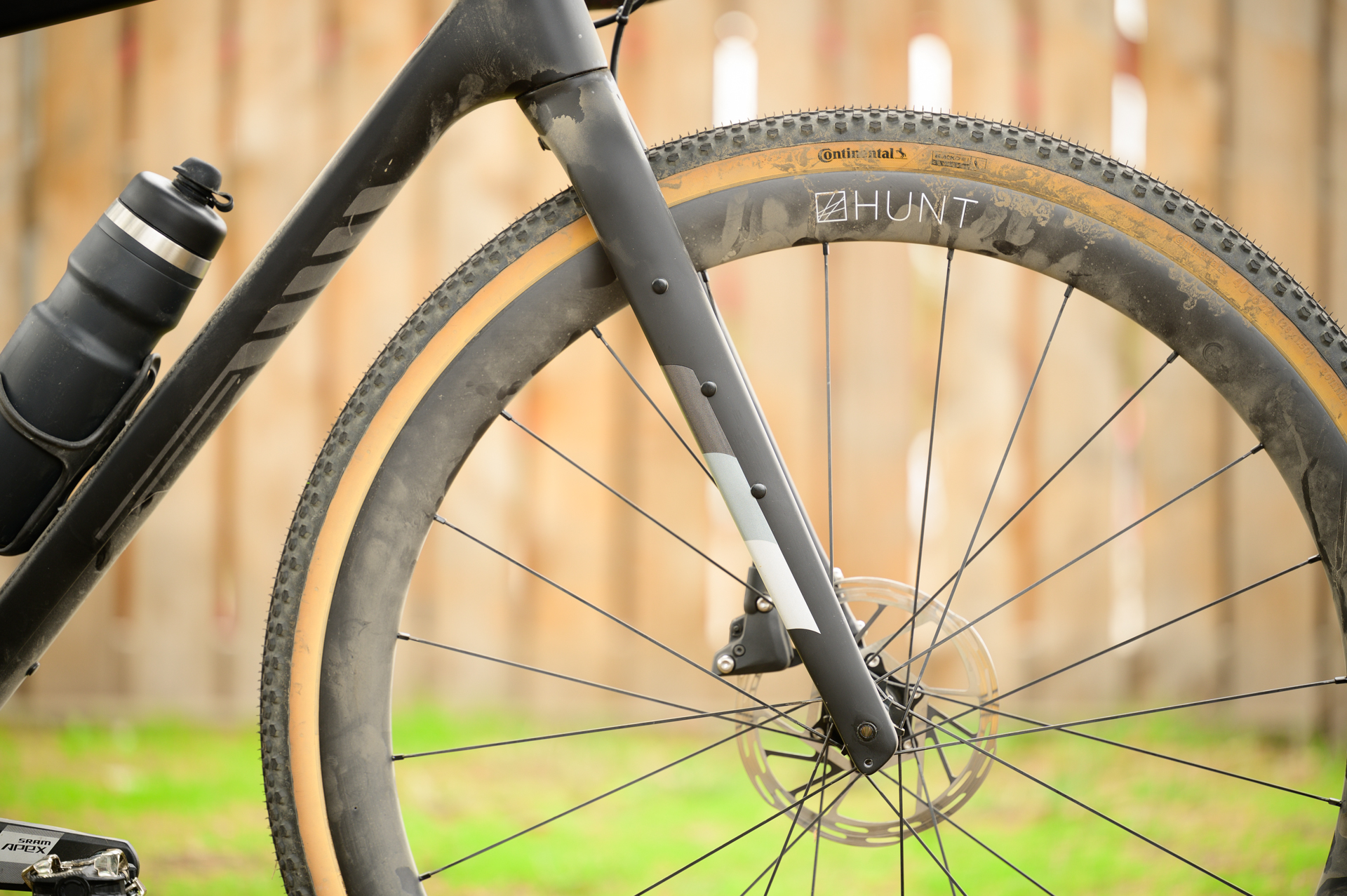
The next piece of the puzzle is called fork offset. Fork offset, also known as rake, is the amount in which the fork is offset from the steering axis. In other words, how far the axle sits in front of the imaginary head tube line.
With these two elements, in addition to wheel and tyre size, you can determine a bicycle’s trail figure. This is the distance between the centerline of the steering axis and the centre of where the tire hits the ground. A racier, performance bike will typically have less trail than a more endurance-oriented design. Road bikes usually stay within a pretty tight range, but gravel bikes are available from road-esque trail figures all the way to full-on mountain bike numbers. Obviously, bikes at either end of this spectrum feel very different when ridden and arguably shouldn’t even be considered part of the same category.
The confusing thing about all of this is that two bikes can have the same trail number but handle very differently by using different head angles and fork offsets. These variables can be manipulated for different outcomes, such as reducing toe overlap or optimising handling for different tire sizes. Each approach changes how the bike steers and the rider’s weight distribution over the front wheel. Bike designers need to account for all of these factors, as changing one aspect will have an impact on the others.
The latest race content, interviews, features, reviews and expert buying guides, direct to your inbox!
Do tyres affect how my bike handles?
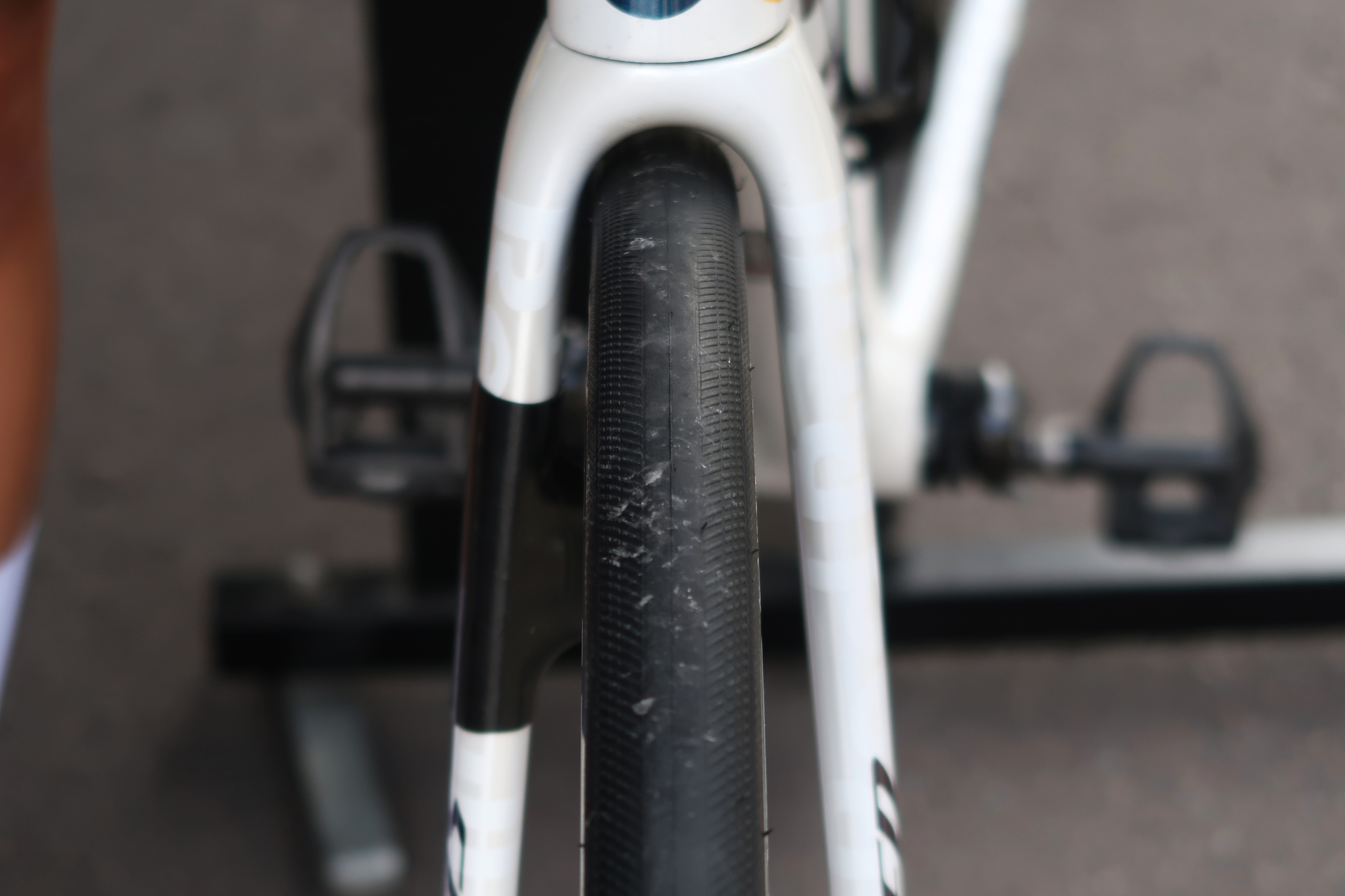
Trail isn’t the only thing to think about when talking about how a bike handles either; it is also affected by tyre size too, through what’s called pneumatic trail. Put simply, a larger tyre will make more contact with the ground, which means it takes more effort to make it turn. Wider tyres, especially at lower pressures, will make a bike feel more stable while riding, and thus trail figures on these bikes are often adjusted to compensate.
If you wish to change the handling characteristics of your bicycle, changing your tyre size is a good place to start. Narrower tyres will make it feel more skittish, while wider tyres will slow things down.
What about stem length and handlebar width?
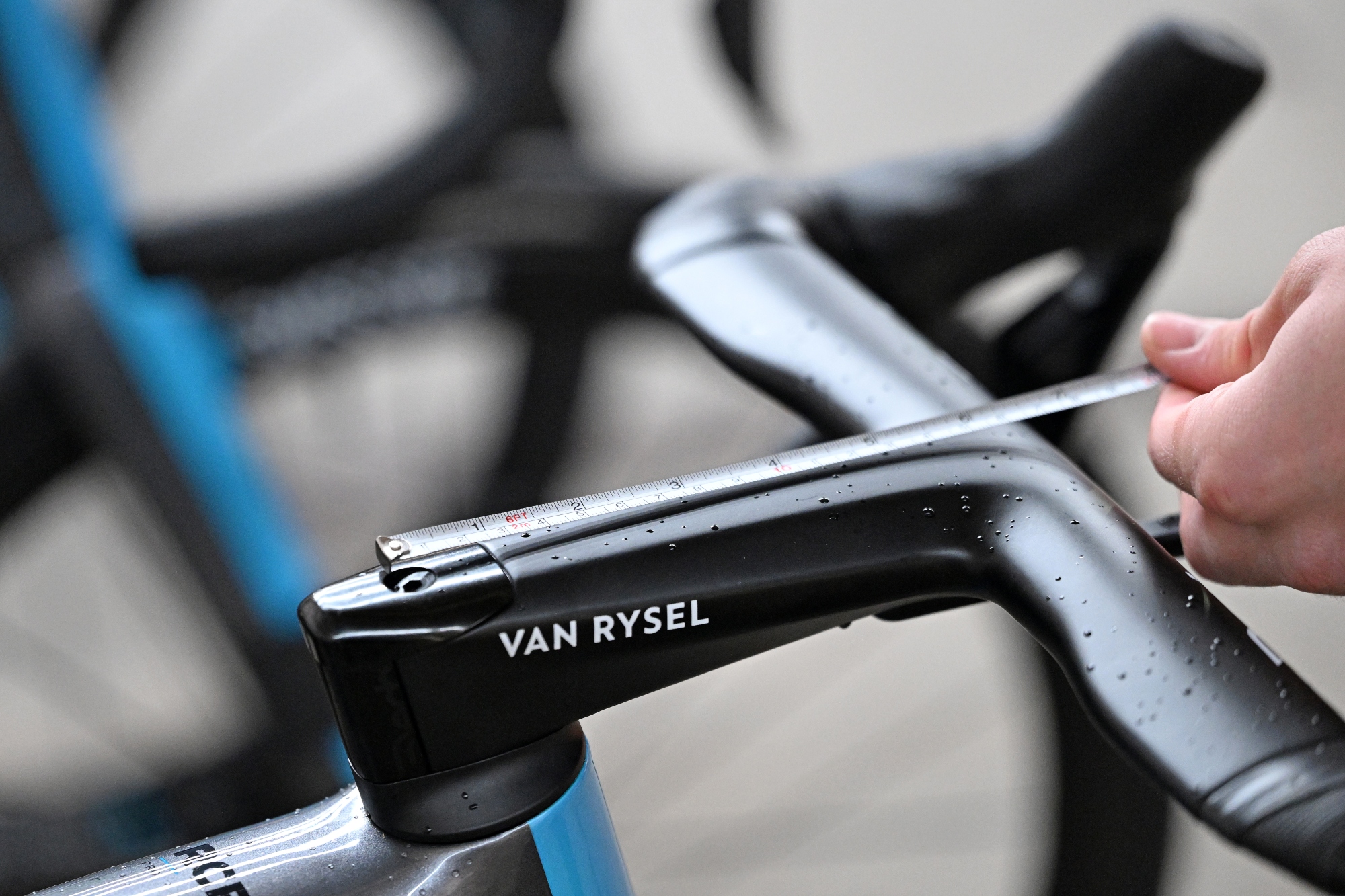
Yet another part of this discussion is the impact of stem length and handlebar width, which also have an impact on handling. Longer stems slow down handling, since movements equate to a smaller amount of the fork turning; ditto for wider bars. There are additional parts of bicycle geometry to consider, such as bottom bracket height, but for the purposes of our discussion, I’ll leave things here. As you can see, there’s plenty to think about.
The front end of a bicycle has a lot going on. In broad terms, the interplay of fork rake, trail and head tube angle determine a bike’s overall geometry and handling characteristics. A bike designed for high-speed stability will typically have a slacker head tube angle, longer trail, and more fork rake, whereas a bike designed for quick handling and agility might have a steeper head tube angle, shorter trail, and less fork rake. Understanding these elements can help you to find a bike that works best for you and where you ride. There isn’t a right or wrong (usually), but there are an awful lot of possibilities.
To learn more about bike geometry, see our guide here. And, if you, like me, appreciate visuals as part of this conversation, there’s quite a good video here. The trail and fork rake section conversation starts around 5:50.
Happy trails!
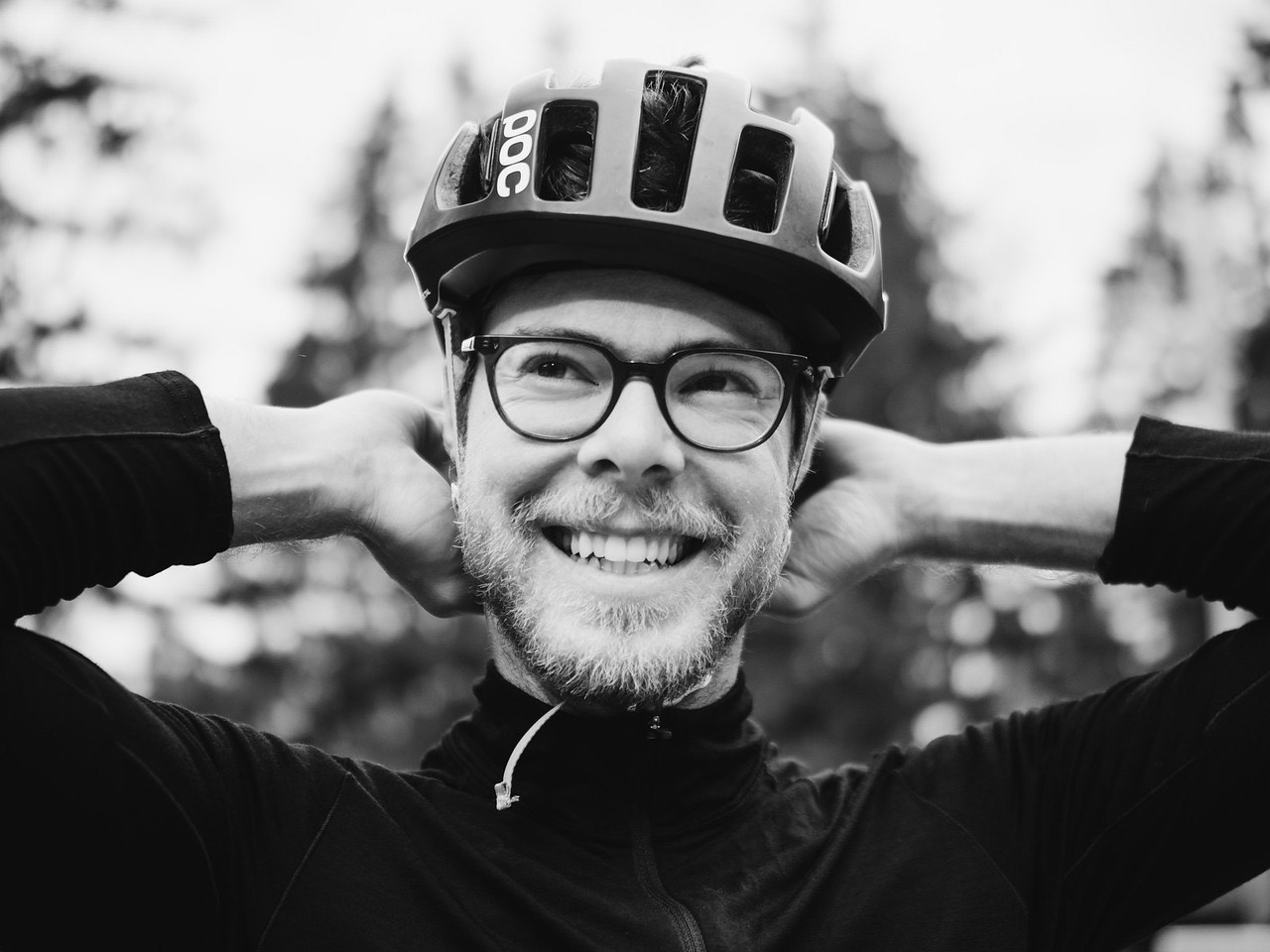
Tyler Boucher is a former (and occasionally still) bike racer across several disciplines. These days, he spends most of his time in the saddle piloting his children around in a cargo bike. His writing has appeared in magazines published in Europe, the UK and North America. He lives in Seattle, Washington.